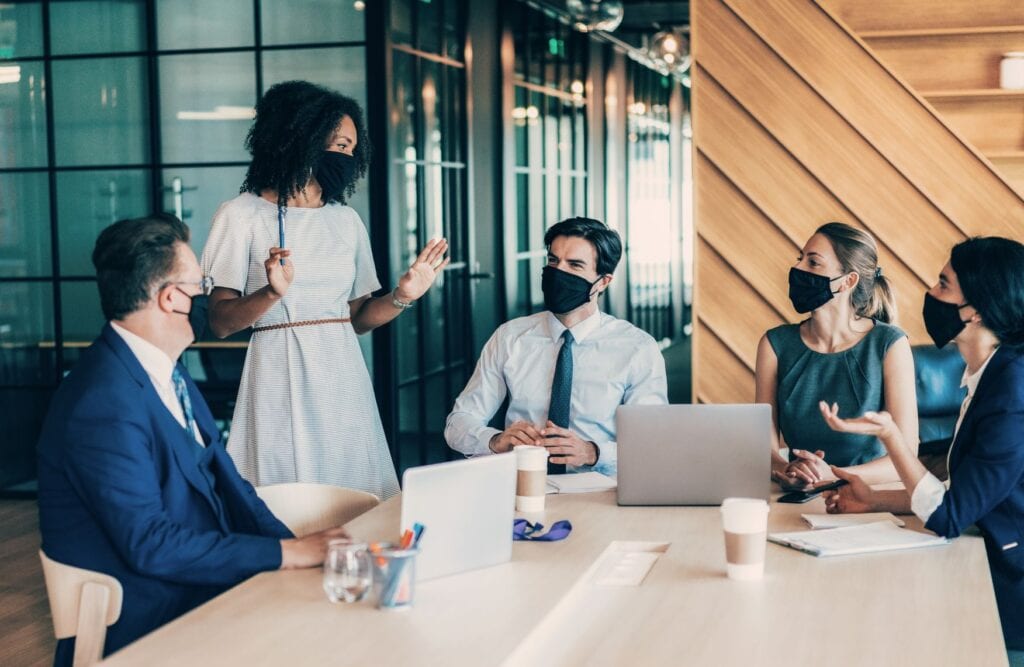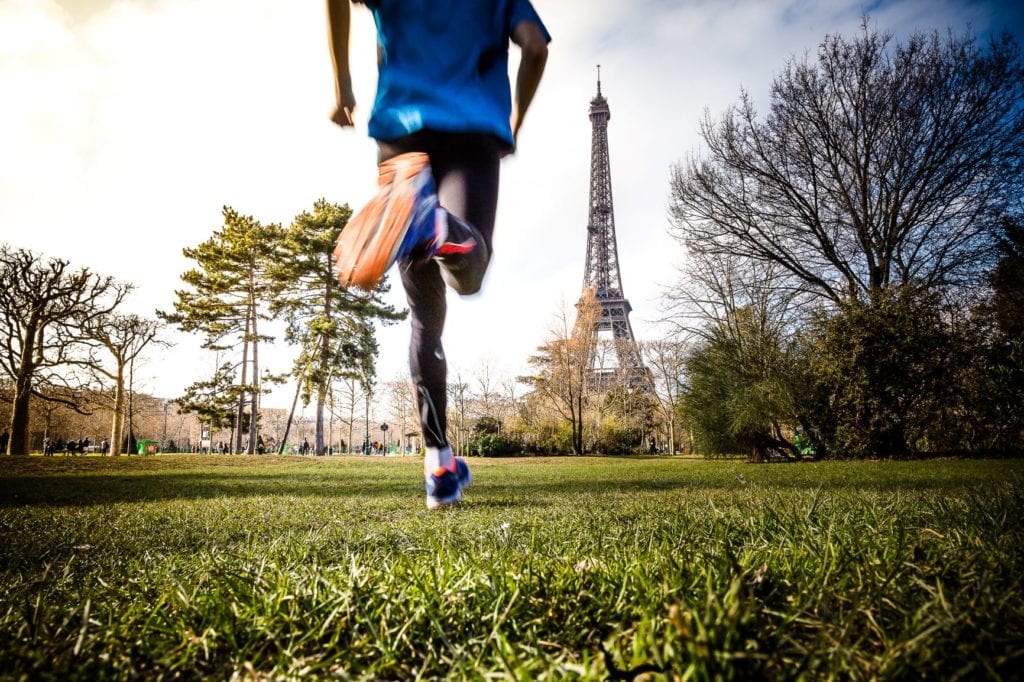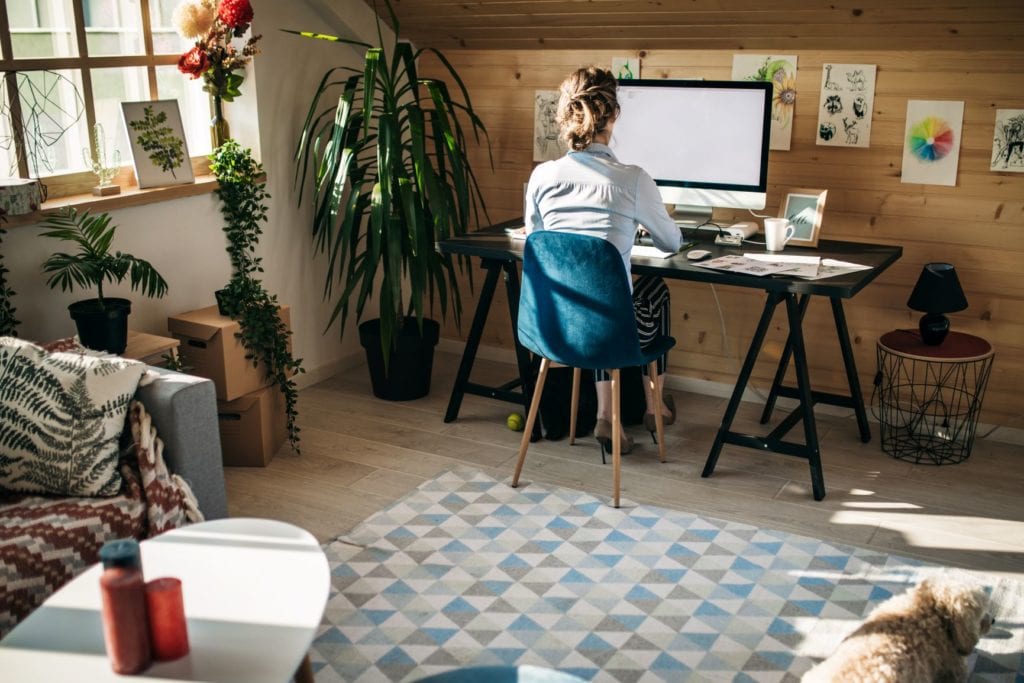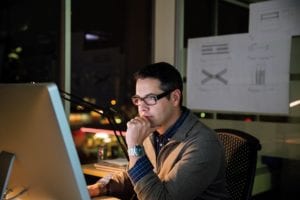Let’s start by defining what we mean by the ‘new normal.’ According to Wikipedia, it is, “a state to which an economy, society, etc. settles following a crisis, when this differs from the situation that prevailed prior to the start of the crisis. The term has been employed in relation to World War I, financial crisis of 2007-2008, September 11 attacks, the aftermath of the 2008–2012 global recession, the Covid-19 pandemic…”
This is not the first time – even in recent memory – that society and companies have faced a need to reset. For our purposes, though, I’ll focus on the current pandemic and how this ‘new normal’ has reshaped my own mindset.
Unlike the long periods of total lockdown endured by many countries across Europe and elsewhere, Hong Kong – where I now live and work – has not experienced the same levels of restrictions and social isolation. We have been free to go into our offices, whilst practicing strong social distancing measures (as much as you can in a place as densely populated as Hong Kong!).

So, rather than having been forced into lockdown, my experience of confinement during this pandemic was actually self-inflicted. With infection levels largely under control in Australia, I was fortunate enough to be able to travel back to my hometown of Sydney in December 2020 for the Christmas/New Year holiday period. Consequently, I had to undergo 14 days of mandatory hotel quarantine on arrival and then a further 21 days in Hong Kong on my return.
In between, though, I was able to arrange with by business leader to remain in Sydney for a few months, working from home and out of our Sydney offices – a strong testament to Schneider’s flexible work policy which I discussed in my first blog.
In response to the demands of the ‘new normal’ and to feedback from an all-employee survey, Schneider Electric refreshed its global ‘New Ways of Working policy’ for individuals and teams in late 2020. The changes recognized that today we are neither an only-in-the-office nor a completely work-from-home kind of company. Both as an HR leader and a Schneider employee, I fully endorse this hybrid approach and enjoy the balance of having the best of both worlds.

As Schneider has done (and continues to do) on a corporate level, I, too, have embraced some learnings and new habits that I intend to maintain in this ‘new normal,’ for myself, personally, and as a leader, including:
-
Focus on and prioritize the things and people that matter to you and your team
- Be kind to yourself and prioritize what is most important
- Ensure a better work-life balance (and get over the guilt):
- Get outdoors into the fresh air: During my stay in Sydney (in the Southern Hemisphere summer), I got in the habit of taking walks on the beach or going for a daytime swim in the ocean to help me manage the inevitable late work hours in the Australian time zone. I aim to continue this habit back in Hong Kong with hiking or other outdoor activities.
- Maintain a strong, regular exercise routine, even during quarantine periods. Exercise has a tremendously positive impact on work performance and overall mental health. It’s an important element of my lifestyle that I’m committed to continuing.
-
People are resilient and capable of being agile
- As a leader, focus more on the human elements and provide safe psychological space to thrive in uncertainty and manage demands
- When there is a sense of urgency, change and transformation occur. We adapt because we have to. It’s our survival instinct.
- Leverage local support infrastructures and practices; don’t reinvent the wheel.

-
A multi-hub/multi-local operating model remains key
- While many companies are still figuring out what their workplace policy should look like in the ‘new normal,’ I strongly believe in our hybrid model implemented at Schneider. Blending onsite working (when it’s safe to do so) AND remote working fosters collaboration and creativity.
- It ensures that we continue to create more diversity in our teams and supports decentralized decision-making close to our markets and customers.
Of course, we’re all looking forward to the end of this crisis period when we will be able to return to many of our pre-pandemic ways of life. Yet, even then, many of our new ways of working will remain with us. The need to be agile and adapt to the ‘new normal’ has moved us forward faster than we would otherwise have moved. It’s made us more resilient, taught us more about remote collaboration and execution, and, perhaps, shown us that we can embrace change rather than fear it.



